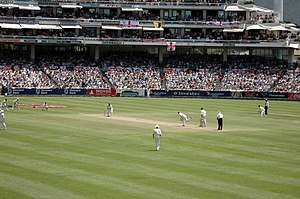
 England (15 March 1877)
England (15 March 1877) Australia (15 March 1877)
Australia (15 March 1877) South Africa (12 March 1889)
South Africa (12 March 1889) West Indies (23 June 1928)
West Indies (23 June 1928) New Zealand (10 January 1930)
New Zealand (10 January 1930) India (25 June 1932)
India (25 June 1932) Pakistan (16 October 1952)
Pakistan (16 October 1952) Sri Lanka (17 February 1982)
Sri Lanka (17 February 1982) Zimbabwe (18 October 1992)
Zimbabwe (18 October 1992) Bangladesh (10 November 2000)
Bangladesh (10 November 2000) Ireland (11 May 2018)
Ireland (11 May 2018) Afghanistan (14 June 2018)
Afghanistan (14 June 2018)